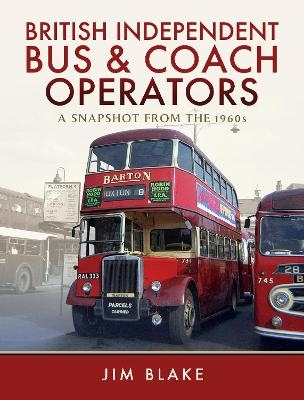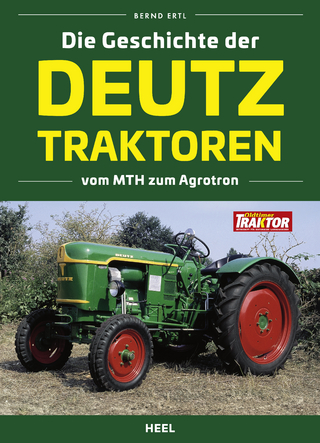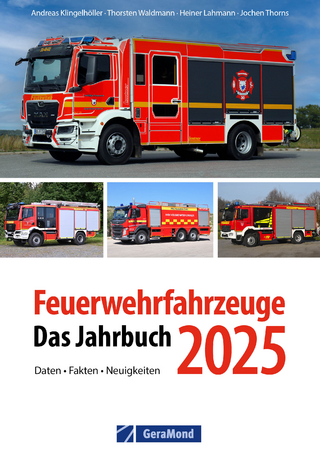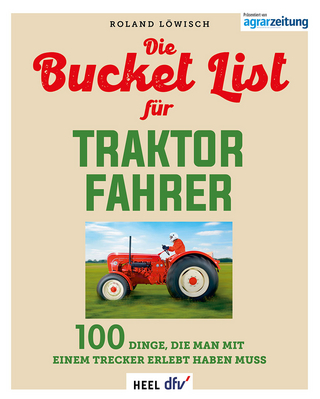
British Independent Bus and Coach Operators
Pen & Sword Transport (Verlag)
978-1-4738-5714-8 (ISBN)
- Keine Verlagsinformationen verfügbar
- Artikel merken
During the 1960s, a large number of independent bus and coach fleets existed, which varied enormously in size and scope of operation. They ranged from major operators such as Barton Transport (Nottinghamshire); Lancashire United and West Riding who operated stage carriage services as well as coach fleets; or Wallace Arnold Tours of Leeds, a major coach touring company in Britain and Continental Europe; to small operators who possessed just a handful of vehicles. The latter were sometimes involved only in private hire work, for such things as outings to sporting events or theatres, school or industrial contracts or often a combination of both. Smaller operators were based throughout the country, sometimes in tiny villages but also in the heart of large cities.
Often the smaller operators bought redundant buses and coaches from major operators, whether BET, BTC (Tilling) or municipal concerns, or London Transport. Many got bargains from the latter, with surplus RT and RTL double-deckers sold following the disastrous bus strike and service cuts of 1958/. Conversely, redundant vehicles bought by independent fleets often brought types that came from as far away as Scotland to London and the south east. In the 1960s, the oldest buses and coaches with independent fleets were those employed on school or industrial contracts. These were not subject to the rigorous tests governing those carrying fare-paying passengers, so could be kept going until they were literally falling apart! These were known as �non-PSVs', i.e. non-public service vehicles. On the other hand, some very small independent fleets, often with the title �Luxury Coaches', took great pride in their fleets. They would purchase new coaches every two or three years and keep them in immaculate condition.
The net result was that British independent bus and coach operators in the 1960s had a fascinating variety of chassis and body makes and styles, as well as liveries. This book shows many of these as they were between fifty and sixty years ago.
Jim Blake was born at the end of 1947, just five days before the �Big Four' railway companies, and many bus companies, were nationalised. He soon developed an interest in railways, and because his home in Islington was close to North London's last two tram routes, also became interested in these, as well as buses and trolleybuses: indeed his home was also close to the heart of the huge London trolleybus network. He was educated at Highbury County Grammar School, and later at Kingsway College, a stone's throw from the famous tram subway. He was bought a camera for his 14th birthday at the end of 1961, with which he photographed the last London trolleybuses in North West London a week later. Three years after that, he started work as an administrator for the old London County Council at County Hall, on the South Bank of the River Thames opposite the Houses of Parliament. By then, his interest in buses and trolleybuses had expanded to include those of other operators, and he travelled throughout England and Wales between 1961 and 1968 in pursuit of them, able to afford to travel further afield after starting work! He also became involved in organising various events for transport enthusiasts in 1980, notably the North Weald Bus Rally between 1984 and 2015, which raised thousands of pounds for charity. Some of these events are still going strong today. He still lives in North London, having moved to his present home in Palmers Green in 1982.
| Erscheinungsdatum | 03.08.2020 |
|---|---|
| Zusatzinfo | 200 black and white illustrations |
| Verlagsort | Barnsley |
| Sprache | englisch |
| Maße | 216 x 282 mm |
| Themenwelt | Natur / Technik ► Fahrzeuge / Flugzeuge / Schiffe ► Nutzfahrzeuge |
| ISBN-10 | 1-4738-5714-7 / 1473857147 |
| ISBN-13 | 978-1-4738-5714-8 / 9781473857148 |
| Zustand | Neuware |
| Informationen gemäß Produktsicherheitsverordnung (GPSR) | |
| Haben Sie eine Frage zum Produkt? |
aus dem Bereich


